HTC Desire 820 Review
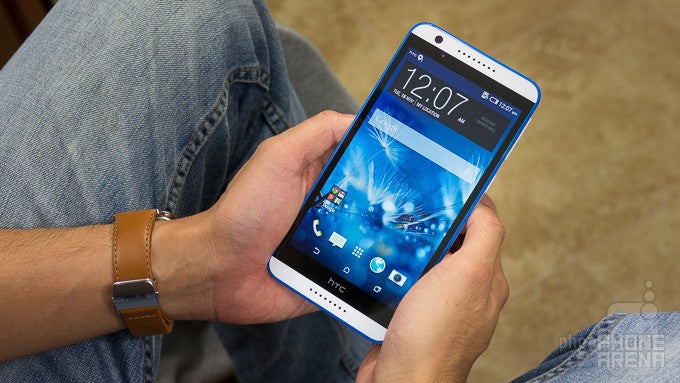
Introduction
In our review of the HTC Desire 816, we were enamored by the solid package HTC was able to deliver – easily making it one of the more noteworthy devices in the mid-range market. Even with its universal acclaim, its only area of opportunity came in its processing performance. Naturally, it suffices for basic things, but strains under the pressure with intensive stuff. Well, that’s where the HTC Desire 820 comes into mind, as it bears an impressive piece of silicon in the form of a potent 64-bit octa-core Qualcomm Snapdragon 615 processor.
The package contains:
- microUSB cable
- Wall charger
Design
It’s seriously one of the better looking plastic phones on the market.
Historically speaking, HTC is known for the meticulous designs of its devices – and the Desire 820 surely follows in that rich tradition! For a glossy plastic bodied thing, it’s surprisingly attractive, slim for its massive size, lightweight, and solidly constructed to give it some substance. Indeed, it bears the same design language as the Desire 816 before it, but it’s been evolved to exhibit a livelier look, thanks in part to the way they’ve accented the device. It’s an effective amount on our particular review unit, which has a slick contrast due to the blue accents around its edges and camera lens.
Fashioned to follow HTC’s design principles, it features the same dual front-firing speakers of its siblings. At the same time, it’s accompanied with the usual suspect of ports and buttons around its trim – they include its power button, volume control, microphones, microUSB 2.0 port, and 3.5mm headset jack. Another unique characteristic of the Desire 820 is that it’s a dual-SIM device, a nifty offering for the global traveler.
Display
It’s the same display in the Desire 816, but it receives a few improvements.
On paper, it looks like HTC didn’t change a thing with the Desire 820’s display, seeing that its specs match the Desire 816 – so what we get is a 5.5-inch 720 x 1280 LCD display. Size is undoubtedly one of its assets, but it’s not particularly the sharpest tool in the shed with its pixel density count of 267 pixels per inch. However, we find it acceptable enough taking into account its class.
Other aspects of its display are similar to the Desire 816’s screen, like how it closely matches it in the areas of color temperature and color reproduction. However, it lays claim to several improvements as well, which all help to make this a better looking display than before. In particular, it emits a stronger brightness output of 543 nits, and has a better average gamma of 2.19, which is really close to the 2.2 reference. What's more, color temperature is pretty tolerable at 7100 K, though there's a bit of a slight cyan-ish tint that may not appeal to some. Overall, the display looks a bit colder than ideal, but it's not that big of a deviation, especially for this class of phones, so we can live with it.
HTC Desire 820 360-Degrees View
Interface and Functionality
It’s the well-known Sense 6.0 experience we’re used to, without anything too special going for it.
It’s more of the same with the Desire 820, since it’s running Sense 6.0 UI on top of Android 4.4.4 KitKat. Indeed, it certainly has its place amongst the customized Android experiences out there, one that continues to have a clean and modern look that makes it attractive – without being overly complicated like some experiences. Signature HTC experiences are in tow here, like BlinkFeed, but after diving deeper into the interface, we find it missing the various Motion Launch gestures first introduced by the One M8. This isn't necessarily a bad thing, of course.
Now that Android 5.0 Lollipop is beginning to make its rounds, we’re eager to see the Desire 820 benefit from all of the update’s rich new features, but who knows when that’ll come to fruition. What’s especially important to mention here, though, is how the experience of the Desire 820 doesn’t necessarily adhere to the requirements we’d want to get from a phablet – like optimized layouts amongst its native apps to make use of the larger real-estate.
Processor and Memory
Notable for its 64-bit architecture, the Snapdragon 615 chipset is a nice touch that gives the phone notoriety, but its true potential has yet to manifest.
So far, there’s nothing greatly unique about the Desire 820 that we haven’t seen before in other handsets, but it’s a noteworthy smartphone for the simple fact that it’s powered by Qualcomm’s 64-bit based octa-core chipset – the Snapdragon 615 SoC, where each core clocks in at 1.5GHz. Accompanied with 2GB of RAM and the Adreno 405 GPU, it undoubtedly gives the phone a responsive feel, but in all fairness, it’s not something we’d classify as being dramatically better than its siblings. Sure, it handles all sorts of tasks without much fluff, including some 3D gaming, but its true potential will hopefully manifest once it’s treated to that Lollipop update.
Stuffed with 16GB of internal storage, there’s a microSD card slot to supplement things for multimedia junkies who crave the extra space.
Internet and Connectivity
Being a phablet and whatnot, the main benefit to the web browsing experience is the beefy amount of real-estate we’re given – where pages are viewed in their entirety. Yes, it’s not the most detailed screen, but we’re forgiving seeing it has enough likable qualities to complement the experience.
As we’ve previously mentioned, the HTC Desire 820 is one of those global friendly smartphones thanks to its dual-SIM (nano SIM) slots. In standard fashion, it’s outfitted with all of the usual connectivity arsenal we’re accustomed to finding – such as aGPS, Glonass, Bluetooth 4.0, dual-band 802.11 a/b/g/n Wi-Fi. Somewhat of an uncanny move on HTC’s part, the handset has been stripped of NFC.
Camera
Seriously, it takes some nice looking photos. And some good selfies too, with its front camera!
Launching the Camera application brings forth a familiar interface. It is very clean, with no buttons and knobs in the viewfinder's way, and the image adjustments are only a few taps away. It is convenient that we're allowed to switch between the front and the rear cameras with a simple swipe.
The HTC Desire 820 comes with a 13MP main camera, one that has a profound presence in the rear of the phone, which is also pretty generous considering the device's mid-range class. A single LED light sits below it to help in those tricky low-light scenes. One-upping its sibling in the Desire 816, the Desire 820 is outfitted with a higher count 8MP front-facing camera.
A pleasant surprise no doubt, the Desire 820 is a capable snapper – one that dishes up some nice looking shots. Its pleasant qualities include naturally preserved details, sharp tones, and generally good exposure. One of the few complaints we have has to do with its color reproduction, as images tend to look a bit dull at times, with colors lacking that particular vibrancy that could make them appear vivid and lively. Even though we need a steady hand when taking nighttime or low-light photos, where it can sometimes cause images to come out blurry. Best of all, it takes some pretty good selfies too with its front camera!
Unfortunately, though, it’s not that great when it comes to recording 1080p videos. For something proclaimed to shoot 1080p video, details are pretty light to the point we thought it was capturing in 720p. On top of that, its audio recording is a little on the light side.

Multimedia
Its size, smooth performance, large screen, and dual front-firing speakers make it a versatile multimedia consumptive smartphone.
The Music player bundled with Sense 6.0 has a clean interface that is easy to get the hold of. It’s not something particularly new, since it’s the player used by other Sense 6.0 running devices, but it gets the job done – plus, it sports an attractive look.
Right from the start, the HTC Desire 820’s dual front-firing speakers give the phone that signature look. Even though its 69.5 dB output might seem quaint on paper, we can attest that it produces deep and potent tones that resonate and disperse evenly.
Those speakers, of course, help to complement the video watching experience, as they project sound ideally towards us. Throw in its gigantic and bright 5.5-inch screen, it certainly possess all of the elements in making it an engaging device for watching videos.
Call Quality
Handling phone calls isn’t an issue whatsoever with the Desire 820, but at the end of the day, we find its quality to be nothing more than average. Our main issue relates to the earpiece, which is good enough for handling conversations, but it’s a bit muffled in tone and weak in volume. Despite that, our callers on the other end of the line fared better, as they’re exposed to clear toned, natural sounding voices.
Battery
Although it’s tough to pinpoint the exact reasoning behind it, the Desire 820 is able to churn out slightly longer battery life than the Desire 816 before it – and that’s knowing it’s outfitted with the same capacity 2600 mAh battery. In our battery benchmark test, it achieves a mark of 6 hours and 49 minutes. Surely, it’s a small improvement, but it’s nonetheless one we’ll take. Additionally, it’s something that easily powers us through a single day of normal usage.
Conclusion
Our feelings about the HTC Desire 820 are favorable for the most part, which isn’t too shocking taking into account how the Desire 816 turned out. At the end of the day, the Desire 820 stands prominently amongst the mid-range market for its balanced qualities. Obviously, the piece of silicon that’s under the hood is arguably its most outstanding attribute, but there’s so much else to like about the handset. For one, its fun and lively design is a tantalizing change of scenery from the otherwise boring, plastic constructed slates we’re constantly bombarded with.If you’re to look online, you can snag the HTC Desire 820 from a variety of online sources for about $475 (without contract). That alone gives it a competitive advantage when we factor in its immense phablet-esque size, dual-SIM functionality, and solid camera performance. Yeah, you can fork over some additional money to pick up any of the prized flagships out there, but if a mid-ranger suffices your particular taste, the HTC Desire 820 isn’t that bad of an option.
Software version of the review unit:
Android Version: 4.4.4
HTC Sense Version: 6.0
Software Number: 1.13.720.2

Follow us on Google News

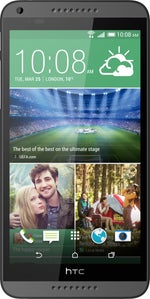
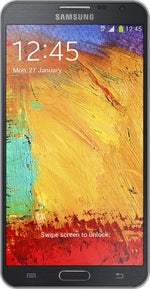
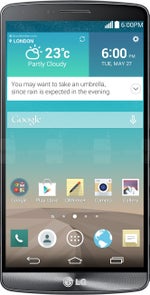





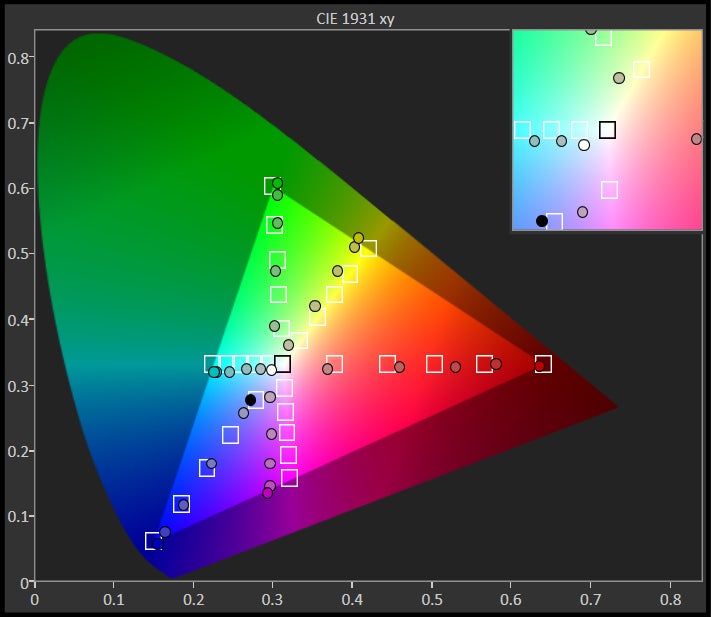










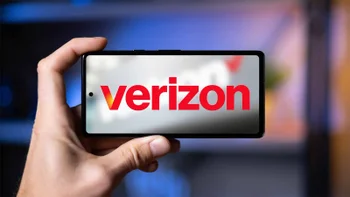
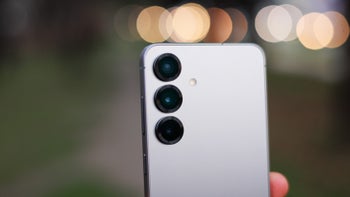

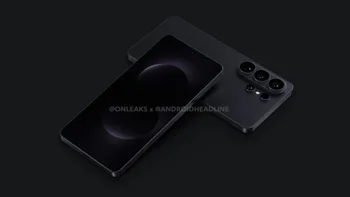


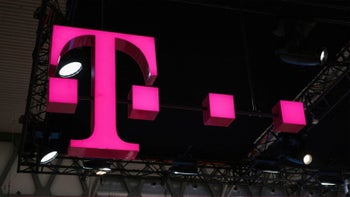

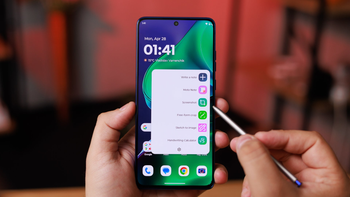
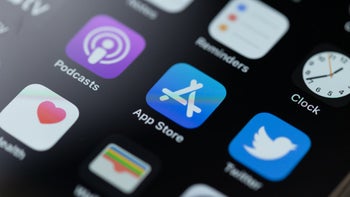

Things that are NOT allowed:
To help keep our community safe and free from spam, we apply temporary limits to newly created accounts: